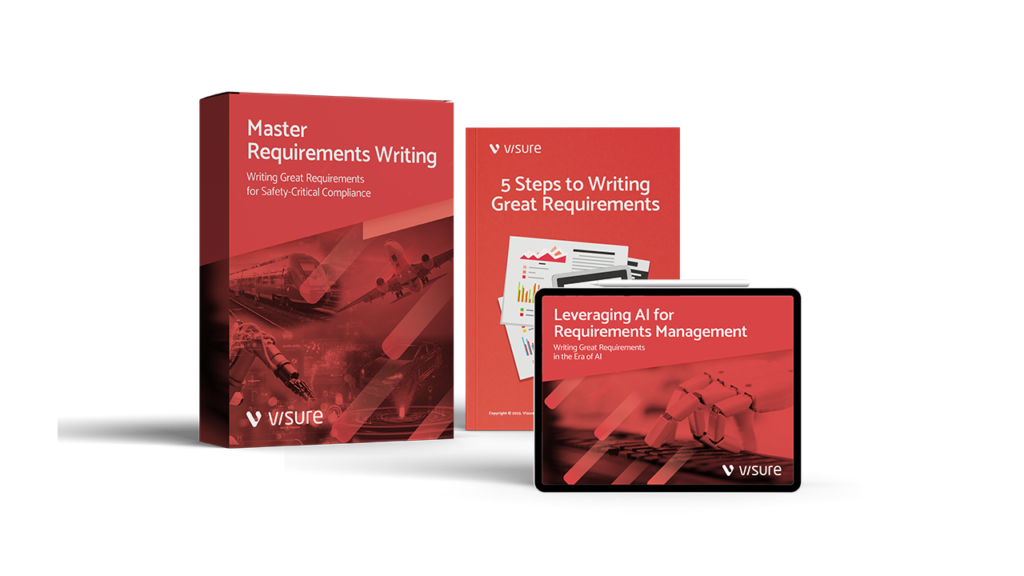Introduction In today’s rapidly evolving automotive industry, safety is paramount, especially with the rise of electric vehicles, Advanced Driver Assistance Systems (ADAS), and autonomous driving technologies. The ISO 26262 functional safety standard was developed to address these growing complexities by ensuring the safe performance of electrical and electronic (E/E) systems in vehicles throughout the development […]
Read More… from What is ISO 26262 Functional Safety Standard for Automotive?
